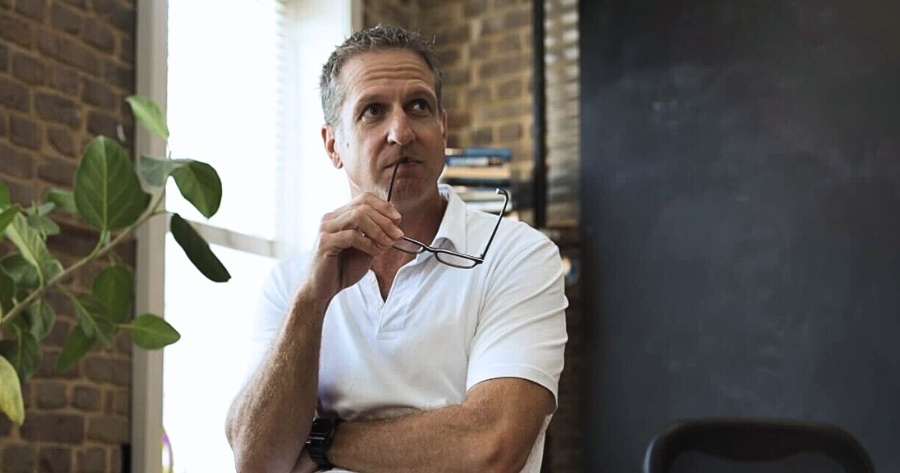Weather risk management is not just about data and models, but about persistence, adaptability, and innovation.
Earlier, I wrote about how a simple temperature contract in Central Park in 1996 sparked a global transformation in weather risk management. This time, let’s move beyond the headlines and into the field—to the places where data is hard-won and its impact is most profound.
Our journey has taken my team and me to some incredible projects in all corners of the world. While many of our most vivid examples come from South America, reflecting both customer demand and the region’s unique weather challenges, our work is truly global. Here are some of the most compelling cases we’ve worked on—in locations where the stakes are high and the data is scarce:
Uruguay – Hydropower hedge
In Uruguay, we provided independent monitoring of government weather stations for a landmark weather hedge between risk takers and the National Hydropower Company, facilitated by the World Bank. At the time, this was one of the largest weather hedges ever executed—a testament to how trusted, independent data can unlock new forms of financial resilience in the field.
Colombia – Hydropower hedge
For more than seven years, we’ve served as the independent certifier of weather data underpinning a hydropower precipitation hedge in Colombia. Here, the underlying stations are operated by the hydropower company itself, and our role is to ensure data accuracy and mitigate concerns about moral hazard. This long-term partnership highlights how trust and transparency are foundational to the evolution of weather risk management.
Brazil – Sugar production
São Paulo State, responsible for nearly 90% of the country’s sugar production, has a surprising scarcity of public weather stations, even in the highly concentrated Ribeirão Preto growing region. To meet market needs, we deployed a team to assess existing stations and plan a proprietary network. Along the way, we discovered that many major sugar traders had already invested in their own private networks, underscoring just how critical data intelligence has become in this sector.
Chile – Hydropower hedge (Snowpack observations)
Snowpack observations are key for understanding the amount of water available for hydropower production during the upcoming summer. This project took us literally to the ends of the earth. We hired a helicopter to survey the Chilean Andes for suitable locations to install weather stations that would meet our client’s needs. The climate was unforgiving, and the work took place at high altitude. To best understand the difficulties involved, consider that one of the three stations was installed just a short distance from the crash site of Uruguayan Air Force Flight 571 (“The Miracle of the Andes,” depicted in the movie Alive).
While these South American projects stand out, our efforts to advance weather risk management extend far beyond the continent. We’re currently supporting hydrological observations and streamflow data acquisition in Australia, as well as in France and Cambodia, where river height data is critical for hydropower and water management. In South Korea, we’re onboarding national meteorological networks in response to new regulations promoting parametric insurance products.
These examples represent milestones in a journey that spans decades—showing that weather risk management is not just about data and models, but about persistence, adaptability, and innovation. Every project and partnership has helped us set new standards and expand what’s possible in the face of uncertainty.
As climate volatility increases, the challenges ahead will be even more demanding. Meeting them requires fresh ideas, deep trust, and collaboration at a scale we haven’t seen before.
The most important story isn’t the one behind us—it’s the one we’re building now.

